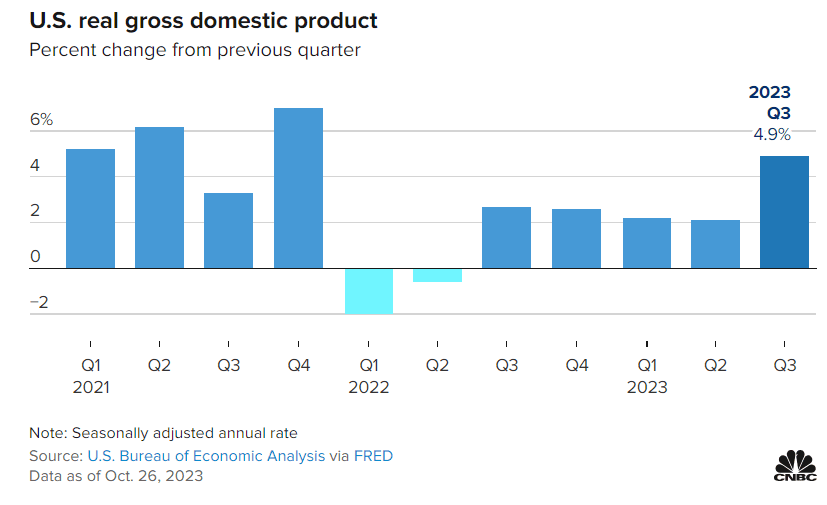What Makes Water Infrastructure So Critical in Construction?
Water infrastructure forms the backbone of thriving cities and resilient communities. It powers clean drinking water, controls floods, and ensures safe sanitation. In construction, these projects—whether new builds or upgrades—play a key role in public health, environmental stewardship, and economic growth. The demand is rising, and so is the opportunity for contractors and engineers who know where to look.
What Are the Key Types of Water Infrastructure Projects?
Water infrastructure isn’t just about pipes and pumps. It includes:
- Sewage and Waterways: Systems for stormwater management, wastewater treatment, and erosion control.
- Dams: Structures to regulate water flow, prevent flooding, and store water for irrigation or energy generation.
- Storage Facilities: Reservoirs, elevated tanks, and underground containment systems designed to hold potable or reclaimed water.
- Treatment Facilities: Sites where water is purified or wastewater is processed before being safely discharged or reused.
- Distribution Networks: Pipes, pumps, valves, and meter stations that deliver clean water to homes and businesses.
Each project type comes with its own set of engineering challenges and regulatory standards, which makes specialization and informed bidding absolutely essential.


